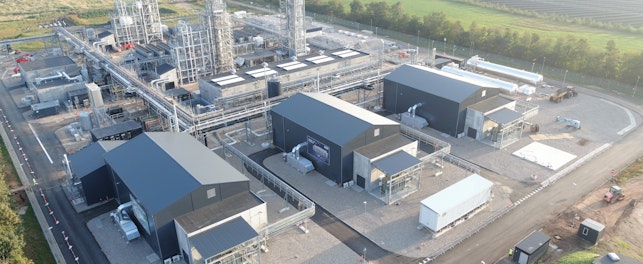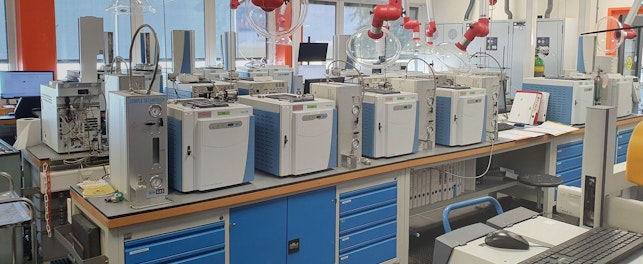SGS's Shanghai laboratory has expanded into hydrogen testing, placing it at the forefront of the ever-growing Chinese green hydrogen market.
This comes after a number of Chinese cities recently reinforced their “ambitious hydrogen energy blueprints”, following strong investment in the sector for about five years. What’s more, the rise of hydrogen-powered vehicles will play a crucial role in supporting the continuously expanding Chinese automotive industry, which is forecast to grow 6.2% in 2022.
The ISO/IEC 17025-accredited laboratory is one of the first independent laboratories to analyze hydrogen to full-specification against:
- ISO 21087:2019 (which covers gas analysis – proton exchange membrane (PEM) fuel cell applications for road vehicles)
- ISO 14687:2019 (which covers hydrogen fuel quality and product specification)
- GB/T 37244-2018 (which covers PEM fuel cells for automotive use)
Traditionally, hydrogen composition analyses have been performed by non-independent entities such as universities and state institutions.
New Testing Capabilities
Our Shanghai laboratory provides fully validated sampling services for production plants, hydrogen filling stations and the automotive industry, offering a turnaround time of five days from having received the sample.
These new testing capabilities were made possible by an investment in new equipment. This includes new gas chromatography equipment, fitted with a pulsed discharge helium ionization detector (GC-PDHID), which can analyze and quantify the impurities in hydrogen down to μmol/mol level. These impurities include:
- Hydrocarbons
- Oxygen
- Carbon monoxide
- Carbon dioxide
- Nitrogen
A new gas chromatography thermal conductivity detector (GC-TCD) allows us to test for helium, while a new pre-concentrator gas chromatography sulfur chemiluminescence detector (GC-SCD) increases the lab’s scope for sulfur speciation (H2S, COS and mercaptans). The laboratory can also test for formic acid, the full range of organic chlorides, formaldehyde and ammonia.
The Future of Hydrogen
PEM fuel cells power hydrogen-fueled vehicles, making them critical to the future of green transportation. Moving forward, global production and trade of green and blue hydrogen by means of carbon, capture, utilization and storage (CCUS) will increase considerably. (Green hydrogen is produced from the electrolysis of water, while blue hydrogen comes from natural gas.) Green and blue hydrogen might replace coal and oil in the future, becoming the primary energy carriers for industry and transportation. For this reason, Sinopec recently announced its aim to build more than 1,000 hydrogen refueling stations in China by 2025.
With its expansion into hydrogen testing, SGS’s Shanghai laboratory is now perfectly positioned to offer lead players in the sector a full scope of services for quality control testing.
For more information, please contact:
Alee Li
Deputy Director
SGS China
t: +86 13 9173 62359
Zeta Zhong
Gases Expert
SGS China
t: +86 15 8018 56166
About SGS
We are SGS, the world's leading testing, inspection and certification company. We are recognized as the world benchmark for quality and integrity. Our 96,000 employees operate a network of 2,600 offices and laboratories, working together to enable a better, safer and more interconnected world.


